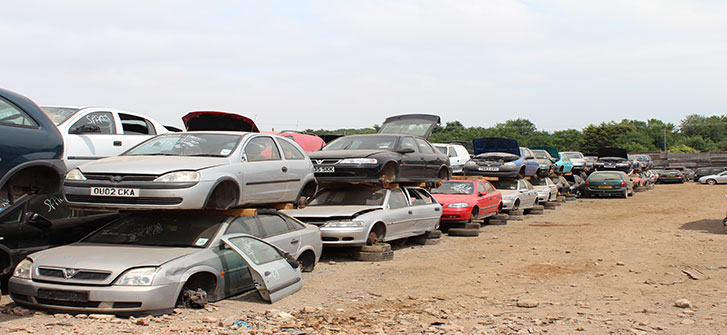The appeal in Stock Auto Breakers Limited v Sykes (VO) (2020) UKUT 0052 (LC) concerned the 2017 rating list assessment of land at the rear of a garage in Rawreth, Essex. The site was used for car storage and breaking, and for the sale of salvaged automotive parts. The ratepayer had taken a three year lease of the site from 27 March 2017 at a rent of £28,600 per annum without review.
The property was assessed in the 2017 rating list at RV £21,750 and was the subject of a “check” and “challenge” by the ratepayer. The ratepayer was unhappy with the Valuation Officer’s decision in respect of its challenge and appealed to the Valuation Tribunal for England (VTE). The VTE determined a RV of £16,500 with effect from 1 April 2017. The ratepayer appealed against this determination, to the Upper Tribunal (Lands Chamber). Before the Upper Tribunal, the ratepayer argued for an RV of £12,000 while the VO sought an RV of £22,500 – which was higher than the compiled list assessment of RV £21,750.
The valuation issue was simply the unit price (within a range of £2 to £12 square metre) to be applied to the appeal property, based on the values of comparable land, storage sites and scrapyards. The appellant contended that the rent should not be taken into account because a “tone” had been established for these types of property. The respondent argued that the rent should be the starting point for the valuation, despite it being fixed at a date some way removed from the antecedent valuation date.
The Upper Tribunal was critical of some of the respondent’s evidence, which it viewed as being based on unsupported assertions. The Tribunal also disagreed with the appellant’s assertion that a tone had been established. On this latter point, the Tribunal stated: “There is no time pressure on a ratepayer to check and challenge an assessment and the importance of making early proposals under previous lists, and thus the earlier establishment of a tone, no longer exists”.
Analysing the evidence put before it, the Upper Tribunal concluded that the correct RV should be £20,000.
Perhaps a more interesting issue was whether the limitation on “new” evidence that can be adduced before the VTE in connection with rating appeals, also applies to the Upper Tribunal. The Tribunal had no hesitation in concluding that the regulations do not preclude it taking new evidence into account. The Tribunal stated: “In my judgment the Tribunal is not bound by Regulation 17A. The 2009 procedure regulations only apply to the VTE and not to this Tribunal, which is governed by its own procedure rules and in particular Rule 16 (evidence and submissions). There is no equivalent rule to regulation 17A although rule 16(2)(b)(iii) provides that the Tribunal may exclude evidence that would otherwise be admissible where it would otherwise be unfair to admit it. That is not the case here.”
This is scarcely a surprising outcome, as it is the way in which the Upper Tribunal has always dealt with rating appeals, but it is one that exposes the unsatisfactory nature of the changes made to the appeal regulations in 2017. We hope that the Government’s “fundamental review” of business rates, when it is eventually unveiled, will look at the question of the appeals system, along with the many other current problems with the business rates system.

